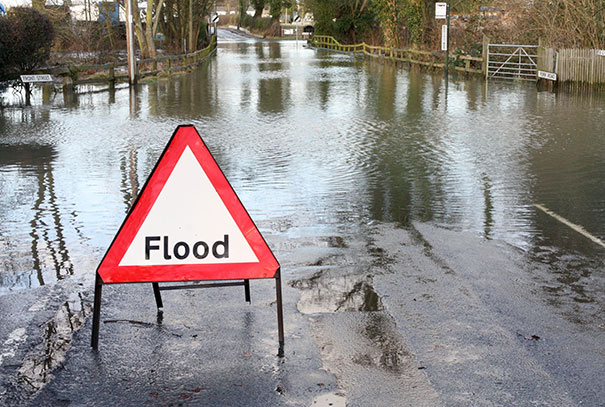An analysis of the most pressing concerns based on insights from 1,000 UK business leaders.

Insurance is based on the principle of the many paying for the losses of the few. When a risk arises which has the potential to impact society this principle no longer works as the risk becomes systemic with “few” become the “many” and the risk of loss becomes almost a certainty.
The current situation with COVID-19 is something which has the potential of becoming a systemic risk but are we there yet? Possibly not, but in our view, there are already examples of risk which have gone past the point of no return for the insurance market.
Flood is a relevant example given recent weather events in the UK and is something which has been, to some degree, addressed through collaboration of the Government and the insurance industry in the creation of Flood Re. The principle behind this scheme is for a Levy to be applied to every household insurance policy sold in the UK. The Levy creates a fund from which claims are paid for policyholders, who may otherwise be deprived of cover from the traditional insurance market.
At this stage, Flood Re does not offer commercial entities protection. That remains the province of the insurance market and as a result many organisations, public and private, are faced with being unable to buy cover or have inflated premium and an unmanageable excess.
Thankfully, organisations in this difficult position can now look to two innovative solutions which may offer them some form of protection.
- FloodFlash – this is not a traditional insurance solution but a parametric solution predicated on certain parameters being met for a pre agreed payment to be made. Parametric weather related solution have been used extensively across the world for many years, but the innovative approach here is the use of mobile connected sensor technology which is attached to one or more buildings to measure the depth of water during a flood incident. As soon as the sensor detects water levels above a pre agreed level a payment is made to be used however the policyholder sees fit. Policies can be customised for property portfolio or single properties allowing both large and small entities to benefit.
- Flood Excess Insurance – nothing really new with this concept, but the innovation comes from an online platform to access quotations and coverage. This is a traditional insurance solution which provides excess drop down cover to fill the gap left by an imposed flood excess of up to £100,000. This facility has been warmly welcomed by Gallagher as it is offering protection to our client base who may not have the resource to deal with such large uninsured losses. An ideal solution for the smaller organisations such as Parishes and Community councils but relevant for larger local government and educational establishments also.
Both solutions use existing concepts but bring a degree of innovation to the solution which provides options for those impacted by our changing climate.
If you would to hear more about these or other weather related solutions Gallagher can provide please contact your Gallagher representative.
These are brief product descriptions only. Please refer to the policy documentation paying particular attention to the terms and conditions, exclusions, warranties, subjectivities, excesses and any endorsements.


